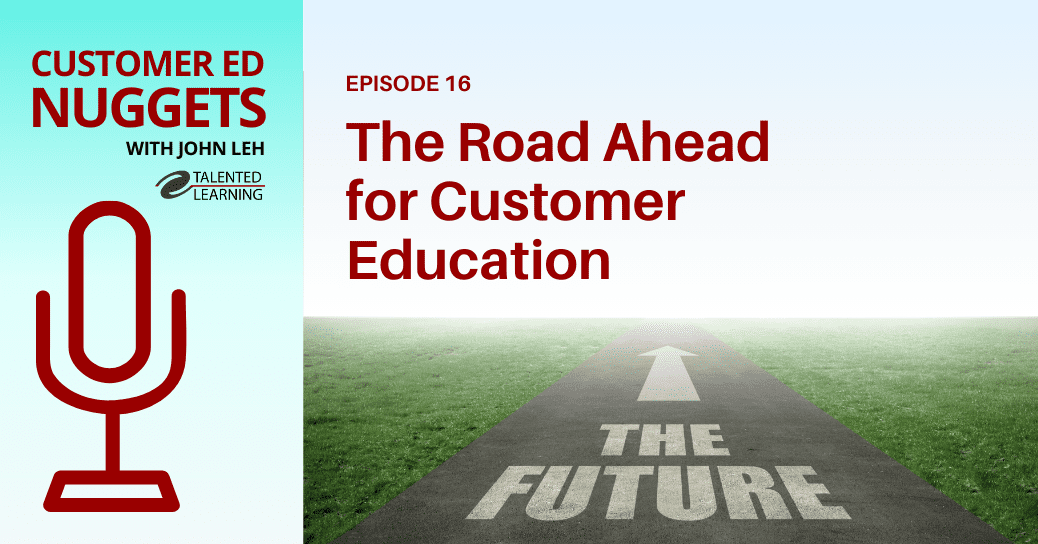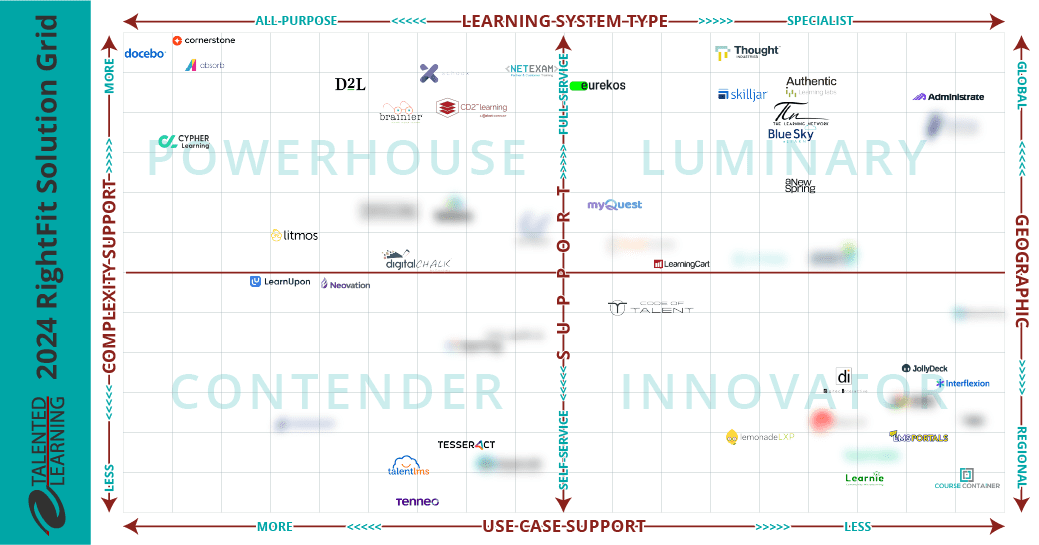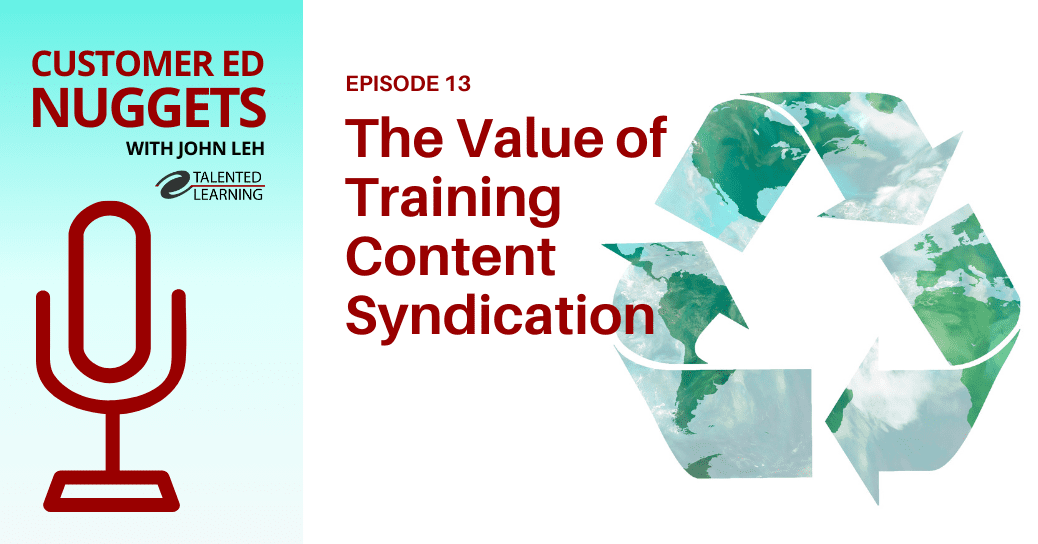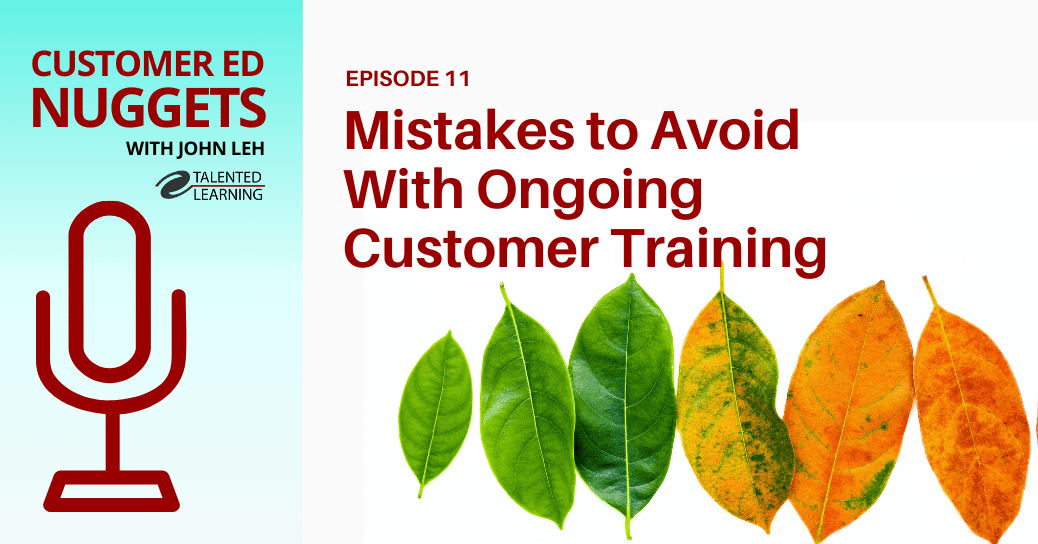
EDITOR’S NOTE: Because extended enterprise learning involves multiple disciplines, we sometimes ask other experts to share their insights with our readers. Today we feature podcasting advice from Shelly Kramer, Co-CEO of V3 Broadsuite and President of Broadsuite Media Group. Shelly is a recognized brand strategist who specializes in integrated content marketing solutions for companies at the forefront of digital transformation.
Have you added podcasting to your organization’s content mix yet? If not, this a great time to get started. Why? Well, podcast adoption statistics are impressive by any measure.
 For example, in the U.S. alone, 50% of people have listened to a podcast at least once, and 32% have tuned-in during the last 30 days. What’s more, usage trends continue to rise at a rapid rate.
For example, in the U.S. alone, 50% of people have listened to a podcast at least once, and 32% have tuned-in during the last 30 days. What’s more, usage trends continue to rise at a rapid rate.
On the other hand, competition is also increasing at a phenomenal pace. And with more than 700,000 podcasts currently available, you may wonder if your message will attract the kind of audience it deserves.
But you’ll never find your niche if you don’t try. So if you’re still wondering why you should make podcasting a priority, consider the following benefits:
6 Reasons to Invest in Podcasting
1) You Can Reach People Anytime, Anywhere
When you publish an article or produce a video, your reach is limited only to people who have the time to read or watch that content on a screen.
Granted, most people interact with screens for many hours a day, so that may seem accessible enough. But listening to an audio file is even easier and more convenient.
After all, people can listen while they drive, clean, exercise – and even while they work. Listening to podcasts is a perfect choice for people who enjoy multitasking.
Ultimately, with podcasting as part of your content marketing strategy, your audience is likely to have more opportunities to consume your content. And that means individuals may consume more of your content, overall.
2) Podcasting Helps Grow Your Audience
A podcast opens up a whole slew of attractive publishing options, compared to written articles or videos. Suddenly, you have access to major publishing platforms with tens of millions of users.
iTunes is one example. Another is Spotify, which (as of May 2019) has more than 217 million monthly users worldwide. Needless to say, this is a much larger potential audience than videos and articles, alone, can offer.
3) Podcasts are Easy and Affordable to Produce
If you’re already recording videos or writing articles – or hiring someone to create content in these formats – you’ll be glad to know that podcasts take less time and money to develop.
All you need is a good studio-quality microphone and software that lets you easily record and edit your podcasts. You don’t need a pretty background, special lighting or even nice clothes.
Of course, you’ll want to invite interesting, relevant guests. And it helps to create discussion guides so your conversations don’t veer off-track. But once those elements are in place, you can simply turn on the mic and start exploring subjects that interest your listeners.
The more your discussion flows like a natural conversation, the more engaging it will be. That’s why many marketers think of podcasting as a no-pressure path to high-value content.
4) Podcasting Builds Trust with Listeners
You want listeners to feel like they know you and like you. This is easier to accomplish when they hear from you on a regular basis. Even if the pace is only once a month, if you consistently produce useful, relevant content, your audience will begin to rely upon you as a trusted source.
As you discuss subjects of mutual interest, listeners will hear the passion and confidence in your voice. Over time, they’ll recognize that you know what you’re talking about, and you’ll gain credibility. (Don’t laugh, I’m serious!)
If you’re authentic and knowledgeable, people will want to listen more. And if you take time to feature guests who are experts in your field, you’ll gain even more credibility, by association.
Once you develop loyal podcast listeners, they’re also likely to connect with you on social media, visit your website, watch your videos, read your articles and engage with you in other ways.
Over time, the level of interaction naturally becomes deeper and more direct. And whenever a content marketing strategy moves in this direction, you’re doing things right!
5) Podcasting Expands Your Circle of Subject Matter Experts
You know how guest blogging is a recommended strategy in the written content world? Well, inviting guests to speak on your podcast has similar benefits.
By creating programming that features experts in your industry, you’ll meet people who will add to your own knowledge and perspective. Often, these relationships lead to other experts, as well.
In other words, podcast marketing is essentially a form of professional networking. The network effect is especially valuable when your podcast guests promote an episode to their audience. Your reach and influence can expand exponentially, over time.
6) More Format Choices = Stronger Strategy
Variety is the spice of life. This applies to content, too. You want to reach everyone who might be interested in your message, regardless of how they prefer to consume that content – reading, watching, listening.
That means your content strategy should include a mix of articles, videos, podcasts and whatever else may be appropriate to meet your audience on their terms. If your goal is to make your content as accessible and easy to consume as possible, a variety of delivery methods will help you achieve that objective.
Next Steps
So, now are you convinced that podcasts would be a worthwhile addition to your content strategy? Perhaps if you frame the early scope of work as a limited-time series, it will be easier for your organization to get started.
Regardless, I’m willing to bet that once you dive in, you’ll be glad you did.
EDITOR’S NOTE: This post has been adapted, with permission, from a post published on the V3 Broadsuite blog.
Share This Post
Related Posts
The Future of Customer Education: Customer Ed Nugget 16
Customer education is rapidly evolving as organizations embrace new strategies and tech. What does this mean for the future of customer education? See what experts say on this Customer Ed Nuggets episode
Education Strategy Mistakes to Avoid: Customer Ed Nugget 15
What does it take to deliver a successful customer education program? It starts with a solid education strategy. Learn how to avoid common pitfalls on this Customer Ed Nuggets episode
Which LMS is Best for You? New Shortlisting Tool for 2024
How can you find the best learning system for your business? Our LMS shortlisting tool can help. Learn about the 2024 RightFit Solution Grid. Free, reliable guidance based on our independent research
How to Build a Learning-Based Business: Executive Q&A Notes
Building and selling online courses may seem easy, but building a profitable learning-based business is far more complex. Find out what successful leaders say about running this kind of business
The Rewards of Community Building: Customer Ed Nugget 14
What role does community play in your customer relationships? Find out why community building is such a powerful force in customer education on this Customer Ed Nuggets episode
Benefits of Training Content Syndication: Customer Ed Nugget 13
If you educate customers online, why should you consider content syndication? Discover 10 compelling business benefits in this Customer Ed Nuggets episode
Top Marketing Skills to Master: Customer Ed Nugget 12
Successful customer education programs depend on professionals with expertise in multiple disciplines. Which marketing skills lead to the best results?
How to Measure and Improve Partner Training ROI
An educated channel is a successful channel. But how do you know if your educational programs are effective? Learn from an expert how to evaluate partner training ROI
Mistakes in Ongoing Customer Training: Customer Ed Nugget 11
Customer education doesn't stop with onboarding. It pays to invest in ongoing customer training. Learn which mistakes to avoid in this Customer Ed Nuggets episode














FOLLOW US ON SOCIAL